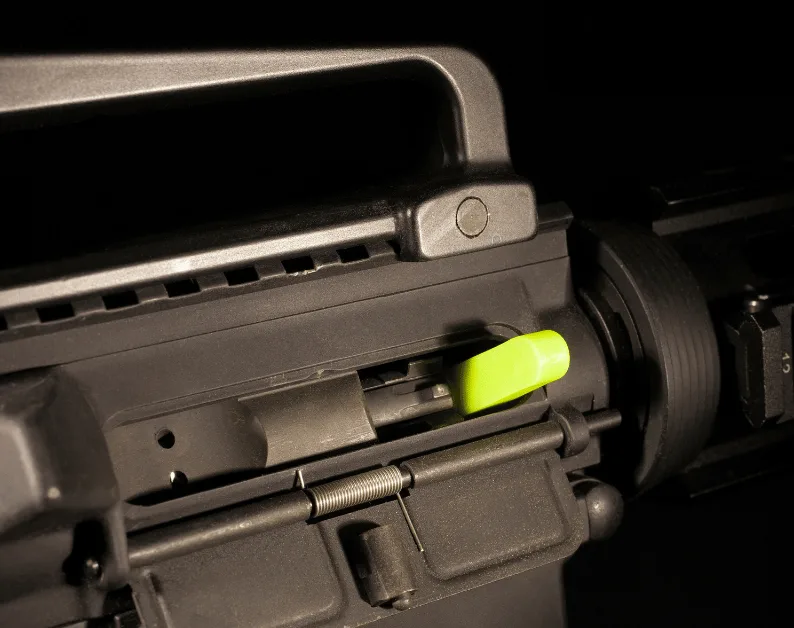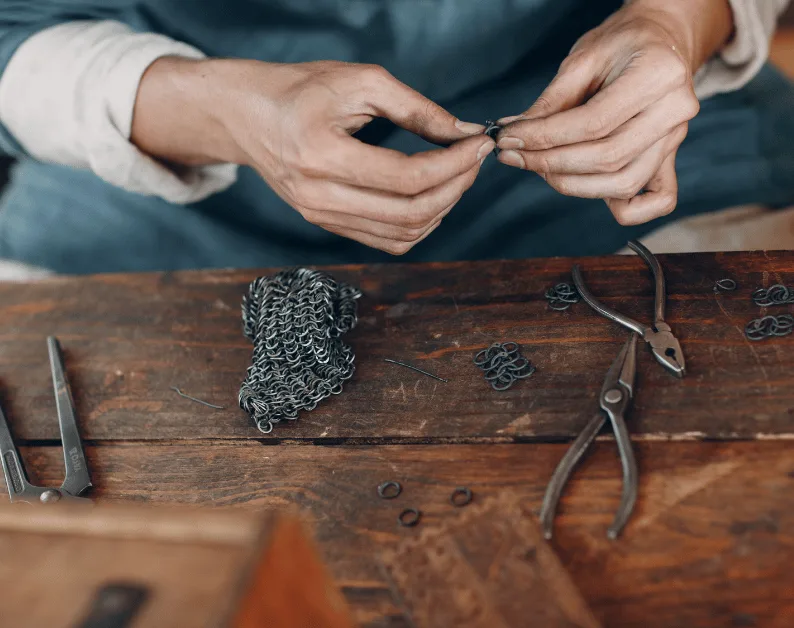

Gunsmithing is a craft that combines skill, knowledge, and passion for firearms. Whether it’s for maintenance, repair, or customization, understanding the basics of gunsmithing helps gun owners keep their firearms in top condition. This guide covers essential skills and tips for those interested in learning or improving their gunsmithing abilities.
Gunsmithing involves the repair, modification, and customization of firearms. It covers a wide range of tasks like barrel fitting, trigger work, stock repair, and metal finishing. A skilled gunsmith ensures that a firearm functions safely and reliably while meeting the owner’s specific needs.
Keep firearms functioning safely and efficiently.
Save money by performing maintenance and minor repairs at home.
Customize firearms to improve performance or appearance.
Understand firearm mechanics deeply, boosting confidence as a gun owner.
Building a basic gunsmithing toolkit is the first step to starting. Some fundamental tools include:
Bench block and hammer: For disassembly and reassembly without damage.
Gunsmith screwdrivers: Designed to fit firearm screws precisely.
Pin punches: To remove pins without marring the metal.
Calipers: For precise measurements.
Files and sandpaper: For shaping and smoothing metal or wood.
Cleaning and lubricating supplies: To maintain moving parts.
Having the right tools makes work easier and more precise.
Learning to take apart and reassemble firearms correctly is vital. Follow the manufacturer’s instructions carefully, and keep parts organized for easy reassembly.
Regular cleaning prevents rust, corrosion, and wear. Use appropriate solvents and oils, and never rush the process to avoid damaging delicate parts.
Properly adjusted sights can greatly improve accuracy. Familiarize yourself with windage and elevation adjustments and use a stable rest when sighting in a firearm.
Smooth trigger pull improves shooting comfort and control. Basic trigger adjustments include polishing surfaces and adjusting pull weight, done carefully to avoid safety issues.
Customization allows gun owners to personalize their firearms to suit their needs or style. Common customizations include:
Installing aftermarket grips and stocks: To improve comfort and control.
Upgrading sights or scopes: For better target acquisition.
Trigger modifications: For lighter or crisper pull.
Barrel changes or threading: To enhance accuracy or add muzzle devices.
When customizing, balance aesthetics with function and always test thoroughly afterward.
Wood stocks often require repair due to cracks or wear. Basic repair steps include:
Cleaning the damaged area.
Applying wood glue or filler for cracks.
Sanding and refinishing with stain or oil.
For synthetic stocks, minor repairs might involve epoxy or plastic welding.
| Task | Tool(s) Needed | Description |
|---|---|---|
| Disassembly/Assembly | Bench block, punches, screwdrivers | Safely taking apart and reassembling firearm parts. |
| Cleaning & Lubrication | Cleaning solvents, brushes, oil | Maintaining firearm functionality and longevity. |
| Sight Adjustment | Screwdrivers, sight gauges | Aligning sights for improved accuracy. |
| Trigger Work | Trigger pull scales, files | Adjusting trigger weight and smoothness. |
| Stock Repair | Wood glue, clamps, sandpaper | Fixing cracks and refinishing wooden or synthetic stocks. |
| Barrel Work | Barrel vise, lapping tools | Replacing or modifying barrels for accuracy. |
Safety is critical in all gunsmithing activities. Follow these guidelines:
Always ensure the firearm is unloaded before starting work.
Wear eye protection to prevent injury from springs or flying debris.
Work in a clean, organized space to avoid losing small parts.
Understand your skill limits and seek professional help for complex repairs.
Keep parts and tools away from children and unauthorized users.
Many resources are available for those eager to advance their gunsmithing skills:
Books and manuals: Cover fundamentals and advanced techniques.
Online tutorials and videos: Provide step-by-step guides.
Formal courses: Many schools offer short-term gunsmithing programs guided by experienced instructors.
Local gunsmith shops: Some offer apprenticeships or welcome questions from hobbyists.
Expanding knowledge gradually builds confidence and ability.
Gunsmithing is a rewarding pursuit that enhances firearm ownership. With patience and practice, essential skills open the door to customized, well-maintained firearms that perform reliably. Start with basic tools and procedures, and steadily explore more advanced techniques while maintaining a strong focus on safety.
If this guide inspires a passion for gunsmithing, keep learning and practicing. The craftsmanship behind every firearm delivers a combination of tradition, precision, and function that gun owners deeply appreciate.